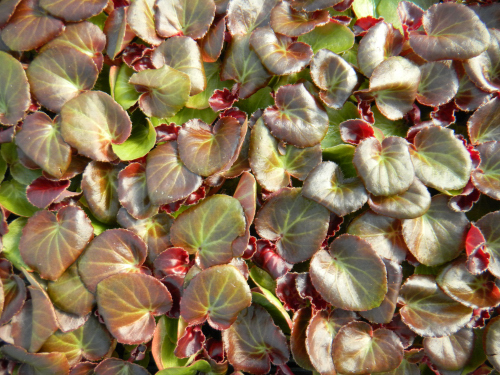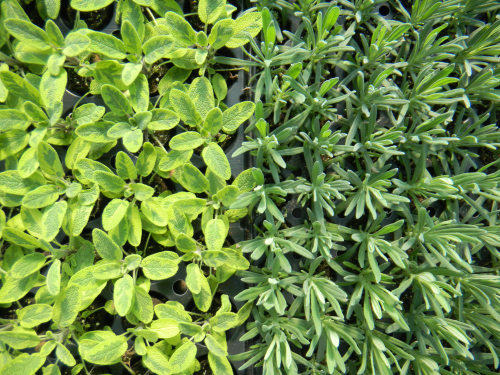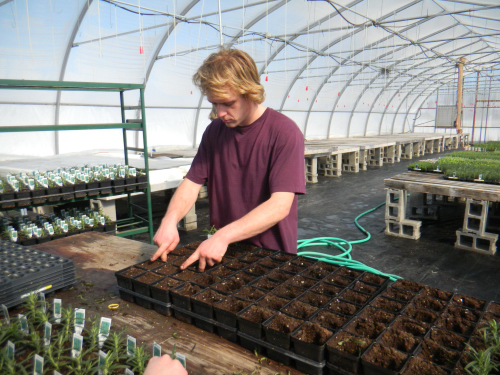Allison on Seeds
Allison Lea, our incredible seeder, eagle-eyed pest finder, and all around special person wrote this beautiful piece on seeds. We love her writing, and hope you enjoy these thoughtful words.
I've had seeds on my mind lately. Not surprising, given the time of year, and the fact that I've been planting seeds for a living for the better part of a decade. It's easy to forget about seeds, during the long months of a Vermont winter. But then that first warm day comes, and with it the scent of damp earth, and suddenly I am visualizing thousands of seeds lying dormant in the ground, waiting and working. I consider myself lucky, because I get to experience an early spring in the greenhouses. While the outdoor seeds are still mired in mud, ice, snow and more unpleasant bits of thawing matter, I am opening crisp white packets and distributing their contents into the warm fluffy soil from Vermont Compost: onions, lettuce, kale, various greens, annual flowers, tomatoes, peppers. I love my job for its ability to provide me with an invaluable set of simple lessons for life. First: start small. Some of the seeds I plant are truly no bigger than a pinprick. Yet even the smallest one contains all the knowledge it needs to become a complete plant. Inevitably, I have moments when I feel as though I'm flailing around in my life, looking for answers outside myself, or feeling overwhelmed by the sheer volume of information literally right at my fingertips. And then I find myself standing at my seeding bench inside the greenhouse, holding a handful of seeds in my hand and realizing I have all the answers I need. I've always had them. Second: calm down a little and be still. While there are many seeds which travel for miles and miles on the wind or hitched to the back of some animal (mainly my dogs, it seems), all the seeds I've handled germinate best when they are left in peace. They're not going to be thrilled if I keep jostling the tray around, or picking them up, examining them for signs of life, and putting them back down. Likewise, when I allow myself to slow down and breathe a little, I start to get more of a grasp on the person I am becoming. Stillness is the key to sprouting, so when I feel myself flitting here and there, reluctant to make a commitment or put down roots, I go back to my seeds, peer at them thoughtfully, and then step back and let them be. Third: not all seeds are going to germinate. Some seed packets will say 60% germination rate. These seeds I sow a little thicker, in order to compensate. If all of them sprouted, I would have a very crowded plug tray, and unhappy plants. I have lots of great ideas, but they're not all going to come to fruition, so letting go of my attachments seems like a good plan. And finally (although the lessons continue indefinitely) cracking open is a good thing. I've seen thousands of little seedlings, and that first green shoot pushing up through the hull never ceases to delight and amaze me, whether it happens in the greenhouse, or out in the garden. So as I strive to make sense of a world which appears to be literally cracking apart under our collective feet, I will keep coming back to the modest little seed, looking for signs of something new and amazing coming through.









